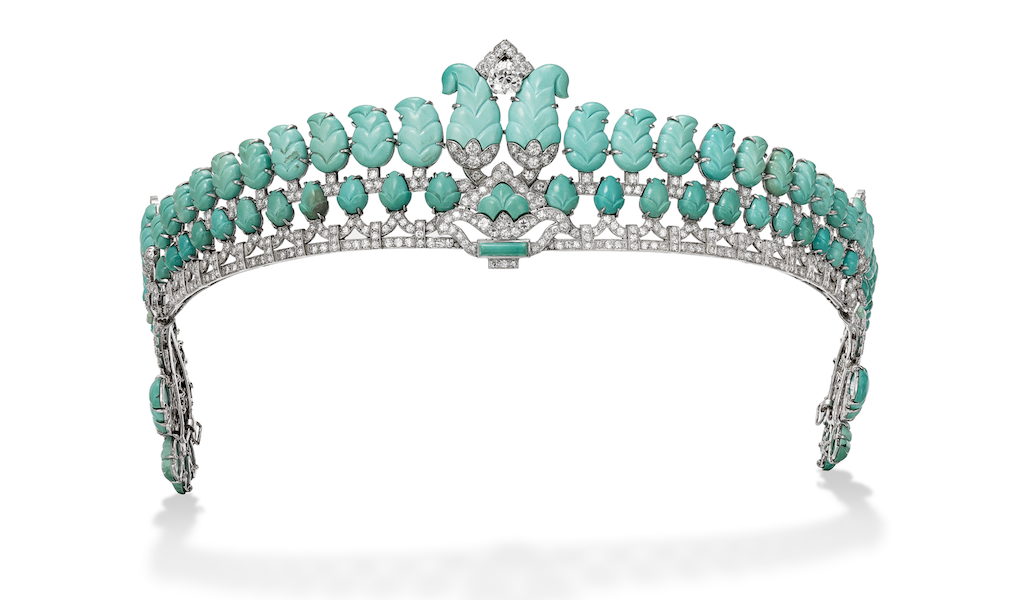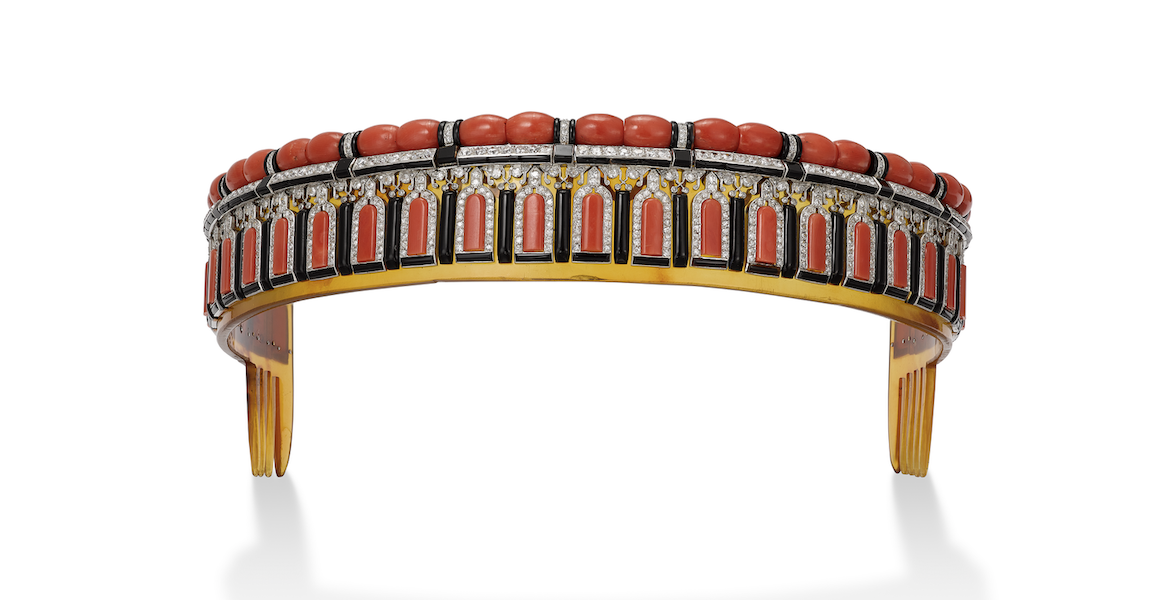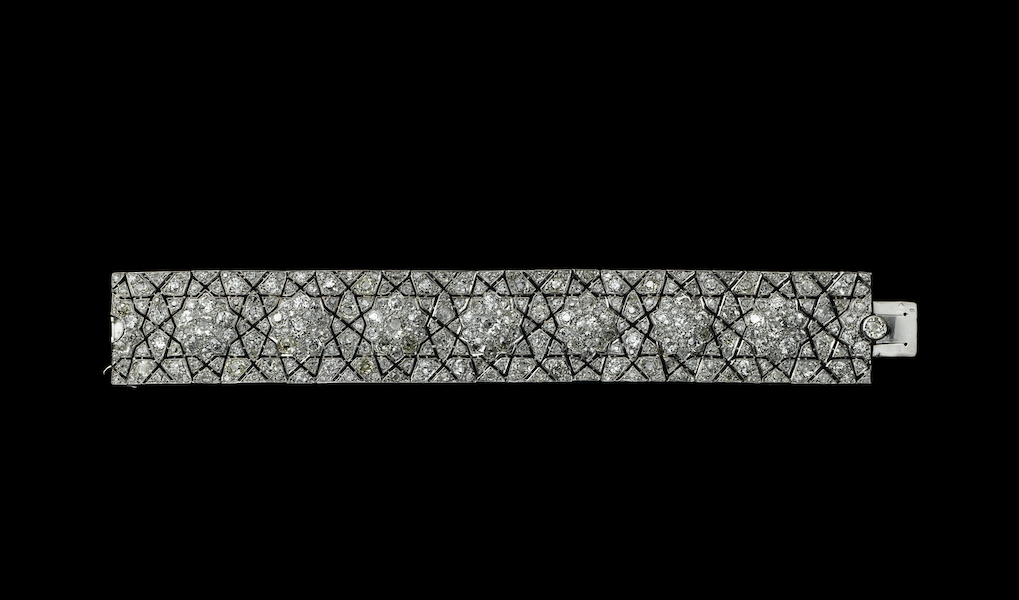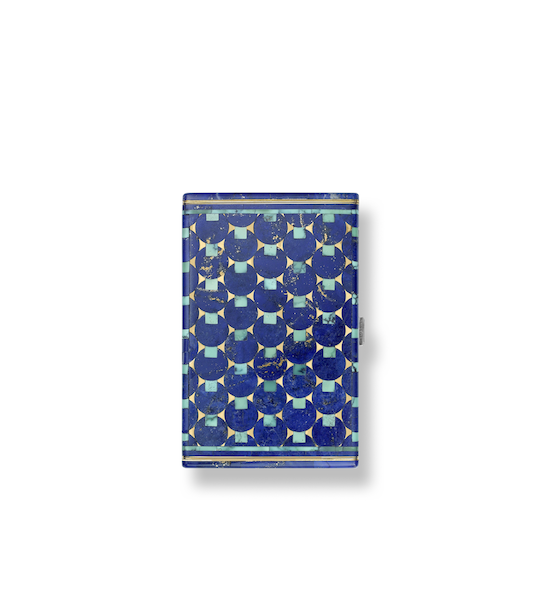Cartier and Islamic Art Exhibition Unveiled in Dallas
An exhibition exploring Cartier’s inspirations from Islamic design opens at the Dallas Museum of Art.

Beginning May 14, the Dallas Museum of Art will be the sole North American venue for over 400 historical objects from Louis Cartier’s famous collection of Persian and Indian Art, as well as early designs from the Maison. Called “Cartier and Islamic Art: In Search of Modernity,” the exhibition explores how Maison Cartier took inspiration from these pieces when developing their now-famous signature design styles.
The exhibition was co-organized by the DMA and the Musée des Arts Décoratifs in Paris, in collaboration with both the Musée du Louvre and the Maison. It was designed by Diller Scofidio + Renfro, a renowned design studio, who incorporated strong virtual elements with new scholarly research to create the one-of-a-kind exhibit.

“For over a century, Cartier and its designers have recognized and celebrated the inherent beauty and symbolic values found in Islamic art and architecture, weaving similar elements into their own designs,” said Dr. Agustín Arteaga, the DMA’s Eugene McDermott Director. “This bridging of Eastern and Western art forms speaks exactly to the kinds of cross-cultural connections that the DMA is committed to highlighting through our programming and scholarship.”
Cartier jewels, drawings, and archival photographs of Islamic art are the focal points of “Cartier and Islamic Art: In Search of Modernity.” The juxtaposition of each item illustrates the inspiration and adaptation of Islamic art in Cartier’s earliest designs, while also highlighting the material and technical sources used by the Maison, many of which were derived from Louis’s youngest brother Jacques’s 20th century travels to India and Bahrain.

The exhibit also showcases the Maison within the larger cultural context of Paris in the late 19th and early 20th centuries, under the helm of Cartier, who was a known collector of Islamic art. It’s said that Cartier was especially inspired by exhibitions of Islamic art at the Musée des Arts Décoratifs in both 1903 and 1912, around the time when the Maison began experimenting with Japanese textiles, Indian jewelry, Chinese jades, and Islamic architecture.
The exhibit shows the progression of the Maison’s signature design from the moment of inspiration, to the iconic “Tutti Frutti and “Art Deco” looks in their jewelry, to each one’s final formation in metal and stone.

“The design strategies in this exhibition—motif, pattern, color, and form—reveal the inspirations, innovations, and aesthetic wonder present in the works of the Maison Cartier,” said Sarah Schleuning, the Margot B. Perot Senior Curator of Decorative Arts and Design at the DMA. “Focused through the lens of Islamic art, it reveals how the Maison migrates and manifests these styles over time, as well as how they are shaped by individual creativity.”

An illustrated catalogue designed by Coline Aguettaz and published by the Musée des Arts Décoratifs will accompany the exhibition. It features essays by the exhibits co-curators, as well as several of the Maison’s personal curators and archivists.
“Cartier and Islamic Art: In Search of Modernity,” will be on display at the DMA until September 18, 2022. The exhibits North American expansion follows its presentation at the Musée des Arts Décoratifs, which ran from October 2021 through February 2022.
Discover More
